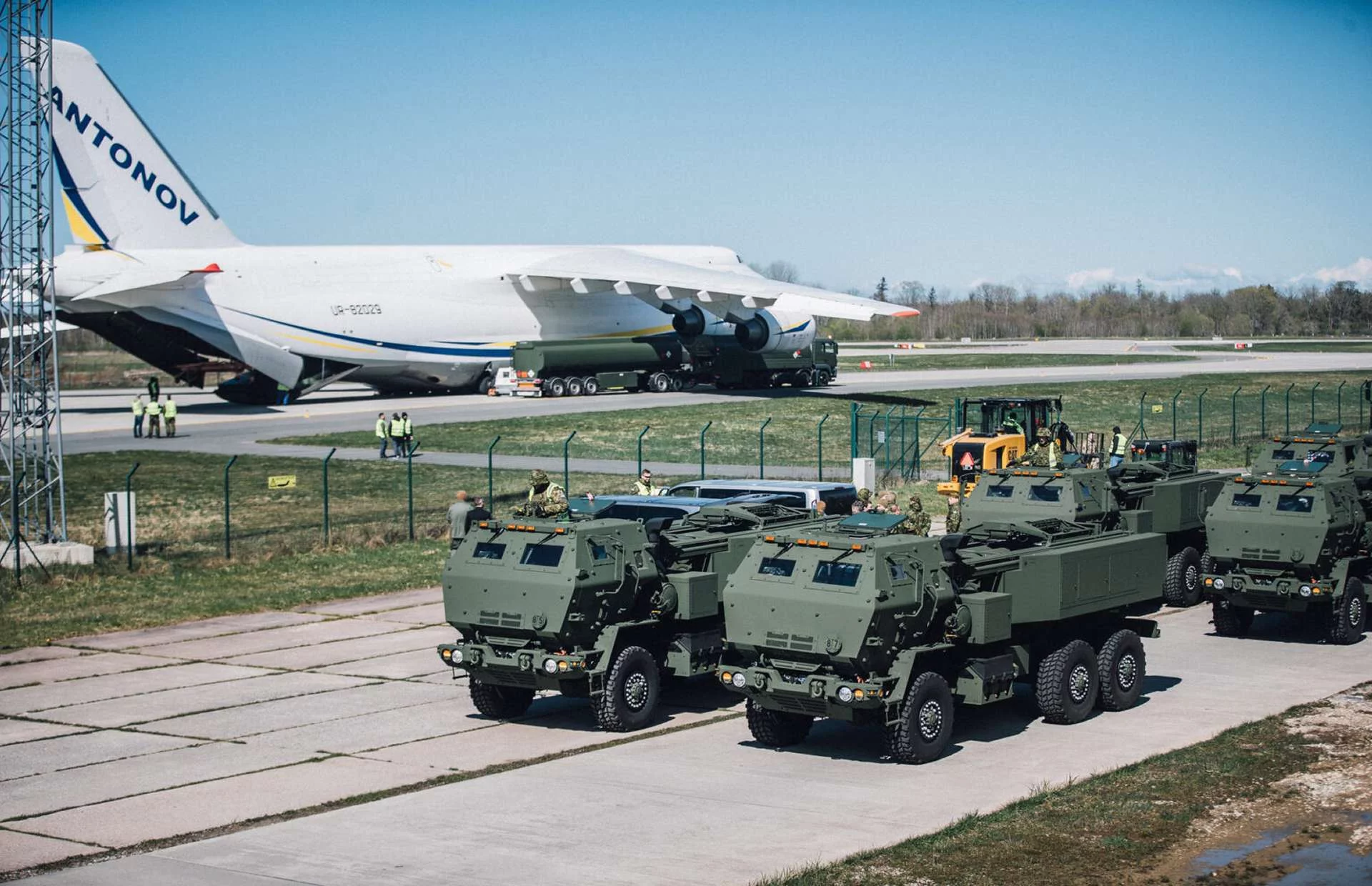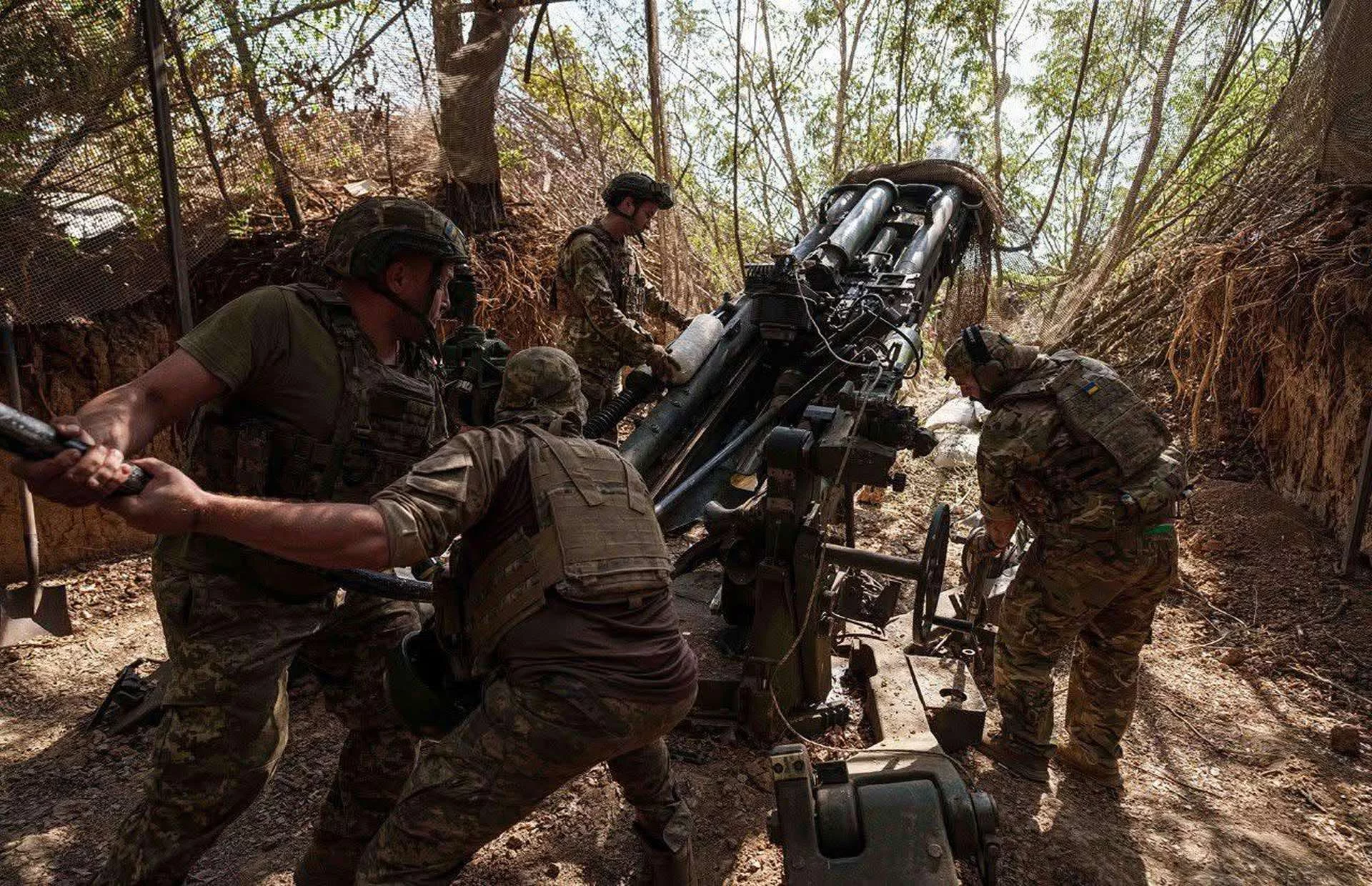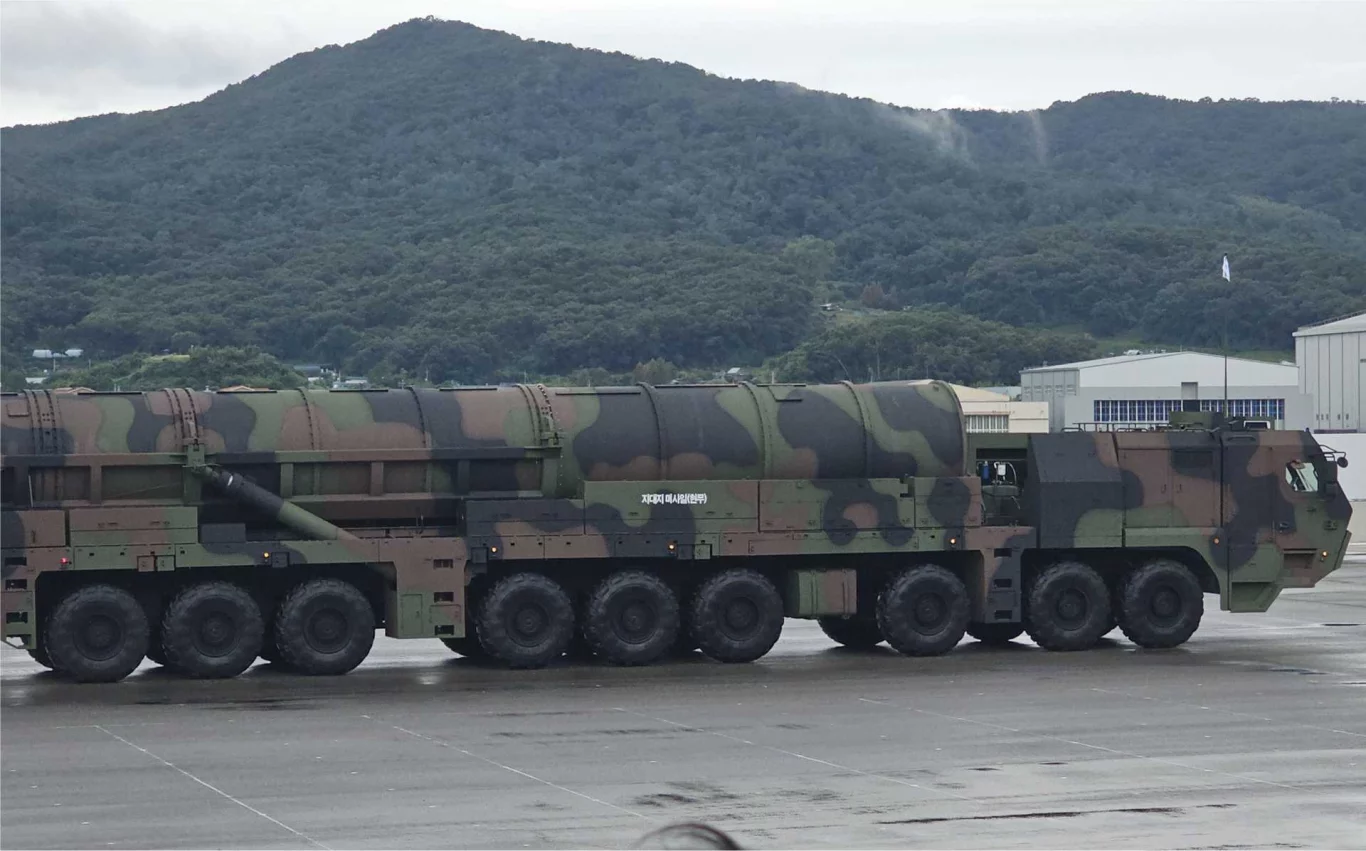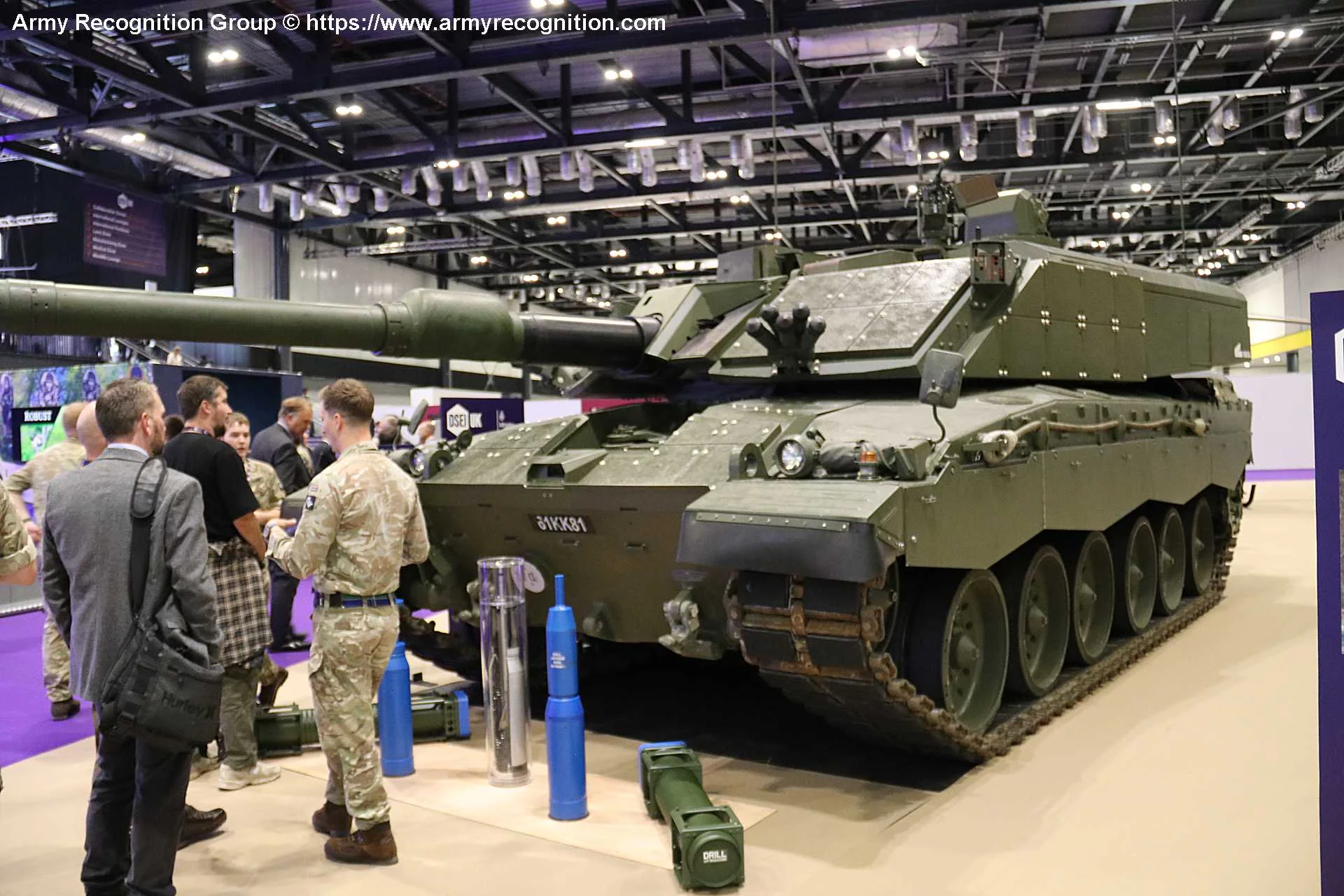In a significant escalation of military support for NATO’s easternmost members, the United States has announced the delivery of an additional six High Mobility Artillery Rocket Systems (HIMARS) to Estonia, effectively doubling the Baltic nation’s rocket artillery capabilities to a total of 12 launchers. This move, revealed on October 1, 2025, comes amid heightened geopolitical frictions between Russia and the NATO alliance, underscoring Washington’s unwavering commitment to bolstering deterrence along the alliance’s vulnerable frontiers. As tensions simmer along the borders of the Baltic states and Poland, this infusion of advanced weaponry signals a proactive stance against potential aggression, reflecting broader strategic shifts in Europe’s security architecture.
The announcement was made through official channels within the U.S. Department of Defense, with spokespersons emphasizing the urgency of enhancing Estonia’s defensive posture. Estonia, a NATO member since 2004 and a frontline state sharing a 294-kilometer border with Russia, has long advocated for increased allied support to counterbalance Moscow’s military buildup in the region. The initial batch of six HIMARS systems was delivered to the Estonian Defense Forces in late 2023 as part of a $200 million Foreign Military Sales package, marking the Baltic republic’s entry into the elite club of nations wielding this precision-guided rocket artillery platform. Now, with the second tranche arriving ahead of schedule, Estonia joins a select group of allies—including Poland, Romania, and Ukraine—that rely on HIMARS for rapid, long-range strike capabilities.
HIMARS, developed by Lockheed Martin, represents the pinnacle of modern mobile artillery. Mounted on a wheeled chassis derived from the Family of Medium Tactical Vehicles (FMTV), each launcher can fire six Guided Multiple Launch Rocket System (GMLRS) rockets or one Army Tactical Missile System (ATACMS) with a range extending up to 300 kilometers. This versatility allows for everything from close-support fire missions to deep strikes against high-value targets like command centers or supply depots. In Estonia’s rugged terrain—characterized by dense forests, marshlands, and coastal lowlands—the system’s high mobility is particularly advantageous. It can be deployed, fired, and relocated in under five minutes, minimizing exposure to counter-battery fire and enabling “shoot-and-scoot” tactics that have proven devastating in recent conflicts.
The strategic rationale behind this doubling is multifaceted. Russia’s ongoing war in Ukraine has exposed vulnerabilities in NATO’s collective defense, particularly in the Suwalki Gap—a narrow corridor between Poland and Lithuania that serves as a potential chokepoint for Russian forces advancing toward the Baltic states. Estonian military analysts have repeatedly warned that without enhanced artillery, the nation’s 7,000 active-duty troops and 60,000 reservists would struggle to hold ground against a numerically superior adversary. The additional HIMARS units will integrate into Estonia’s 1st Infantry Brigade, enhancing its ability to conduct counter-battery operations and support multinational NATO battlegroups stationed in the country under the Enhanced Forward Presence (eFP) framework.
From a broader geopolitical lens, this development arrives at a precarious juncture. Since the full-scale invasion of Ukraine in February 2022, NATO has quadrupled its troop presence in the eastern flank, with over 40,000 personnel now rotating through bases in Estonia, Latvia, Lithuania, and Poland. Russian rhetoric has grown increasingly belligerent, with President Vladimir Putin issuing veiled threats against “NATO expansionists” and conducting snap military exercises near the borders. Just last month, Russia’s Zapad-2025 drills simulated a hybrid warfare scenario involving electronic jamming and amphibious assaults on Baltic islands like Saaremaa, prompting NATO’s Response Force to mobilize in a show of resolve.
U.S. officials, speaking on condition of anonymity, described the HIMARS transfer as a “force multiplier” that not only deters immediate threats but also builds Estonia’s long-term interoperability with allied forces. Training programs, jointly conducted at the U.S. Army’s European Activity in Grafenwoehr, Germany, have already familiarized Estonian crews with the system’s digital fire control networks, which allow for real-time data sharing via the Advanced Field Artillery Tactical Data System (AFATDS). Moreover, the launchers come equipped with the latest software upgrades, including enhanced GPS/INS guidance resistant to jamming—a critical upgrade given Russia’s demonstrated expertise in electronic warfare.
Estonian Prime Minister Kaja Kallas hailed the delivery as a “testament to the unbreakable transatlantic bond,” during a press conference in Tallinn. “In an era where aggression knows no borders, every rocket, every launcher, every allied soldier strengthens our resolve,” she stated, flanked by U.S. Ambassador to Estonia, Julianne Smith. Defense Minister Hanno Pevkur added that the expanded arsenal would undergo rigorous field tests in the coming weeks, with full operational capability expected by early 2026. This timeline aligns with NATO’s 2025 Summit commitments in Washington, where leaders pledged to raise defense spending to 3% of GDP across the alliance, with Estonia already exceeding that threshold at 3.2%.
Critics, however, caution that such arms transfers risk further inflaming the powder keg of East-West relations. Russian Foreign Ministry spokesperson Maria Zakharova decried the move as “provocative encirclement,” accusing NATO of using the Baltics as a “testing ground for American adventurism.” In Moscow, state media outlets like RT have amplified narratives portraying the HIMARS as offensive tools designed for “decapitation strikes” against Russian territory, potentially justifying retaliatory measures. Analysts at the Carnegie Moscow Center argue that while deterrence is noble, it could inadvertently accelerate an arms race, with Russia reportedly accelerating production of its own Iskander-M ballistic missiles.
On the ground in Estonia, the impact is already palpable. At the Tapa military base, home to the NATO eFP battlegroup led by the United Kingdom, engineers are retrofitting storage facilities to accommodate the new arrivals. Local communities, still scarred by Soviet-era occupation, view the bolstered defenses with a mix of relief and apprehension. “We’ve learned the hard way that freedom isn’t free,” remarked veteran Jüri Mägi, a former conscript who now trains young recruits. “These systems aren’t just machines; they’re a promise that we’re not alone.”
Looking ahead, the U.S. commitment extends beyond hardware. A parallel aid package includes $50 million in munitions stockpiles, maintenance contracts with Lockheed Martin, and joint exercises under the Defending Estonia program. As winter approaches—bringing with it the perennial threat of frozen Baltic Sea routes for potential Russian incursions—NATO’s eyes remain fixed on the horizon. The doubling of Estonia’s HIMARS fleet isn’t merely a logistical footnote; it’s a clarion call in an era of uncertainty, reminding adversaries that the alliance’s resolve is as unyielding as the artillery it wields.
This escalation, while welcome in Tallinn, prompts sobering questions for the transatlantic community: How far will NATO go to secure its flanks? And at what cost to the fragile threads of diplomacy? As the world watches, Estonia’s enhanced arsenal stands as both shield and statement—one rocket at a time.




